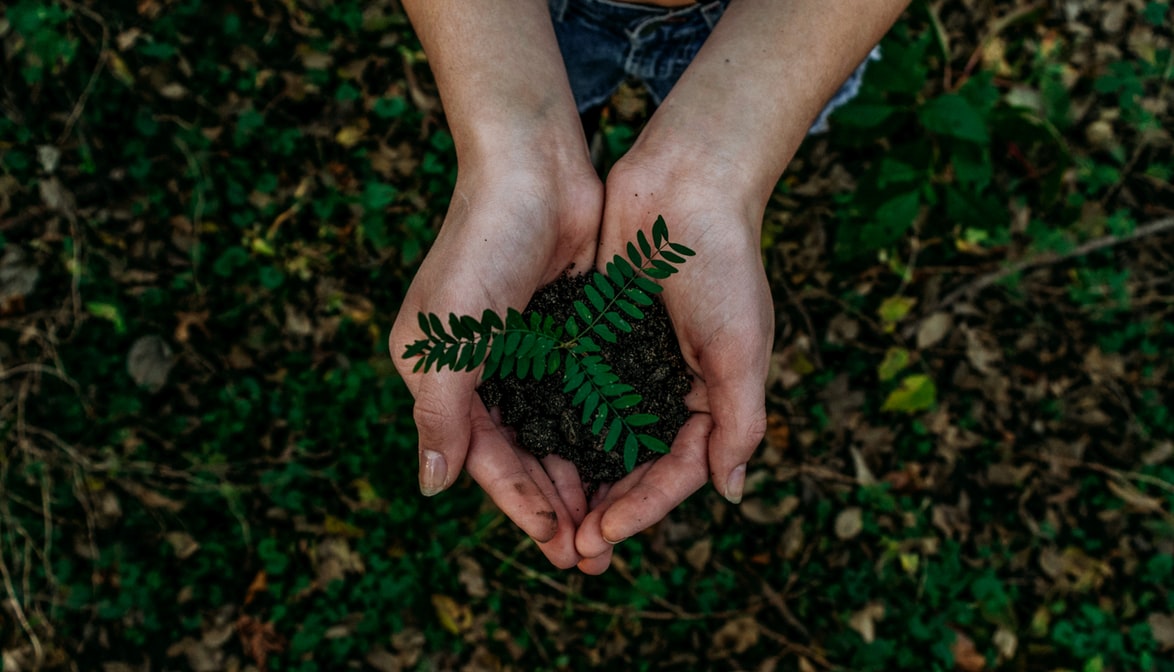
The best way to keep climate change is probably by replanting trees on destroyed forest areas the size of the US, according to scientists, as doing so would capture two-thirds of humanmade planet-warming emissions.
Tom Crowther, a professor at the Crowther Lab, a research group based at ETH Zurich, urged hundreds of thousands of people that skipped school and are currently working in a growing movement for climate action to start planting trees or funding such efforts.
Planting trees to suck up a quarter of carbon in the atmosphere, such as human and natural sources, is an ambitious goal. Crowther, however, said that it could be achieved if all members of the public were concerned about global warming got behind the drive.
Crowther Lab scientists published what they said was the first study that looks at how many trees the world can support, where they could be grown, as well as how much carbon they could store.
The best places to reforest are in the tropics because of the fast rate trees grow there, yet replanting land can be done in most countries and even at home, Crowther added.
The Crowther Lab website has a global map with advice on which types of trees and how many can be grown in gardens.
The tropics lost 12 million hectares (29 million acres) of tree cover in 2018 — much because of fires, land-clearing for farming, and mining — the fourth-highest annual loss since records started in 2001, according to monitoring service Global Forest Watch.
According to environmentalists, looking after existing forests and restoring damaged ones prevents flooding, stores carbon, limits climate change, and protects biodiversity.
There are approximately 5.5 billion hectares of forest worldwide.
The study, published in the journal Science, analyzed the maximum amount of carbon which could be captured if every available degraded forest area was replanted and allowed to mature.
Forests could be regrown on 1.7-1.8 billion hectares of denuded areas which are no longer in use, adding 1.4 billion hectares if cropland and urban areas were included.
Over half the potential to restore trees is found in the US, Canada, Australia, Brazil, Russia, and China.
Several countries have already made reforestation commitments under the Bonn Challenge, agreed by nations in Germany in 2011.
This effort calls for 350 million hectares of degraded land worldwide to be restored by 2030.
Crowther said that approximately 40 percent of countries worldwide had proposed to restore an area "vastly under" what was possible, while 10 percent were aiming to add more trees than they could support.
He added that the new data would help them refine their targets.












COMMENTS